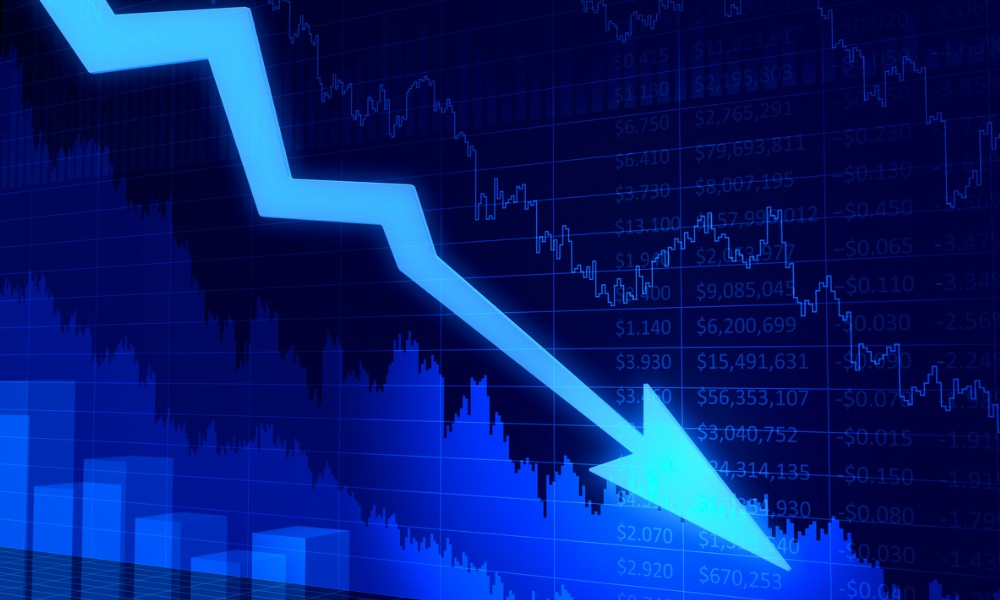No, we didn't say prices would fall 15% – RBA

The Reserve Bank says it didn’t predict a 15% slump in housing prices, despite media reports to the contrary.
A recent report in The Australian said that this year’s rapid interest rate hikes suggest a price slump of at least 15% after inflation. However, in a Monday speech at the AFR Property Summit in Sydney, RBA head of domestic markets Jonathan Kearns said that wasn’t exactly accurate.
“In the April [Financial Stability Review], we used a user-cost model to estimate that a 200-basis-point increase in interest rates – which increases mortgage payments and so the cost of owning – would lower real housing prices by around 15% over a two-year period,” Kearns said. “While this 15% decline was commonly reported as being a forecast for housing prices, it was not actually a prediction of how much housing prices would change. Rather, it was an estimate of how sensitive housing prices are to interest rates, assuming that all the other costs and benefits to housing don’t change with interest rates.”
Kearns said that many factors other than interest rates influence housing prices.
“For example, the demand for housing would be greater with stronger household income growth, increased population through immigration, or a preference for fewer people living in each household,” he said. “Conversely, the supply of housing would be lower than expected if construction turns out to be constrained in some way. These factors would all lead to stronger demand, or weaker supply, for housing, and so housing prices – and rents – would not fall as much as implied by interest rates acting in isolation.”
Read next: Global bank predicts just how far interest rates will go
Kearns also said that the impact of rates on housing prices isn’t just determined by how much rates change, but for how long.
“If interest rates were assumed to be 200 basis points higher forever, then this model suggests that housing prices would end up being around 30% lower than if interest rates had not changed,” he said. “It is notable that these estimates based on historical data show that the change in housing prices occurs relatively slowly – certainly more slowly than for the prices of financial assets. This model also suggests that if interest rates reverted to their initial level after that two-year period, the interest rate effect on prices would be expected to eventually unwind.”
Kearns also said that while rising interest rates increase the cost of owning a home in the short term, over time, rate hikes work to reduce demand and make homeownership less expensive.
“Estimates suggest that the net effect [of rate rises] is that mortgage payments for new buyers would be higher for about two years as a result of higher interest rates,” he said. “But after that, the declines in housing prices and mortgage size begin to dominate. This exercise obviously abstracts from the many other factors influencing interest rates and housing prices, but it suggests that because higher interest rates reduce housing prices and so mortgage sizes, mortgage repayments for new borrowers could ultimately be lower than if interest rates had not increased.”



